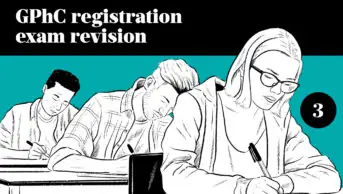The National Institute for Health and Care Excellence (NICE) has published its first clinical guideline[1]
on the management of gastro-oesophageal reflux disease (GORD) in infants and children, which it says constitutes “a health burden for the NHS”.
The guideline, which was developed by the National Collaborating Centre for Women’s and Children’s Health, emphasises the distinction between gastro-oesophageal reflux (GOR) — which NICE says is currently over-treated — and the pathologic variant, GORD.
“It can be difficult to differentiate between ‘normal’ episodes of reflux and more serious GORD, but this new NICE guideline will support medical professionals to make the correct diagnosis,” says Mark Baker, director for the Centre for Clinical Practice at NICE.
GOR affects at least 40% of infants and usually resolves before the age of one year. NICE says that parents and carers should be reassured that GOR does not usually need further investigation or treatment.
“It can be difficult for clinicians to persuade families that distressing and disabling symptoms, for example very frequent and apparently severe vomiting in well, thriving infants, will almost certainly improve with time but can be helped by relatively minor interventions, rather than referral for unnecessary tests or using medications with no proven effect,” says a NICE spokesperson. “This guideline offers clear direction as to when and how families can be re-assured.”
The guideline highlights a number of “red flag” symptoms that may suggest disorders other than GOR, all of which warrant further investigation. These include projectile vomiting, bile-stained vomit, haematemesis and abdominal distension or tenderness.


